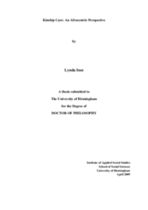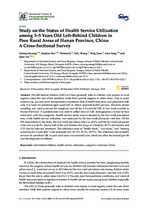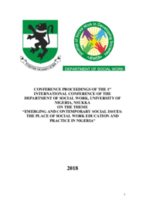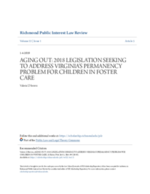“We're giving you the sack” - Social Workers’ Perspectives of Intervening in Affluent Families When There are Concerns about Child Neglect
Using the findings from a qualitative study, this paper explores social workers’ experiences of intervening in affluent families in the UK when there are child protection concerns.




